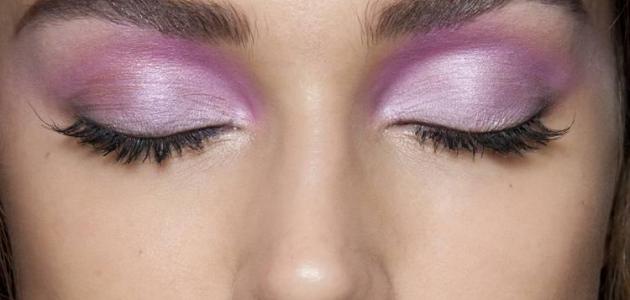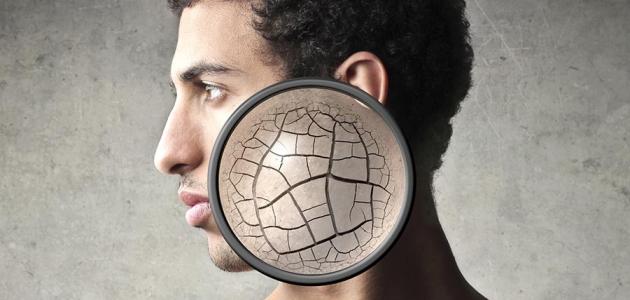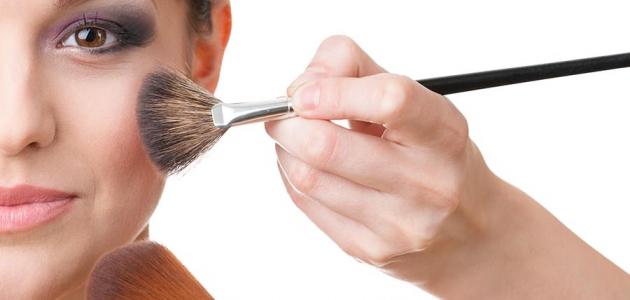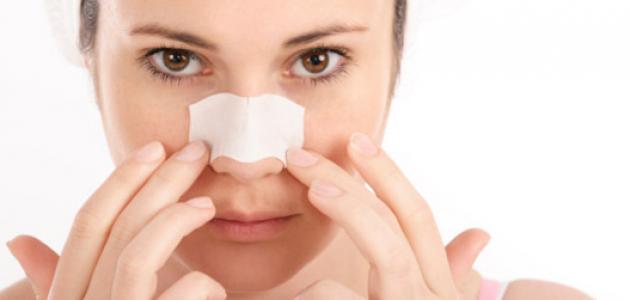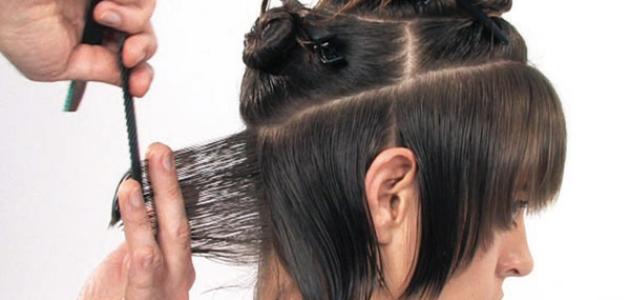Contents
Injury tattoo
It occurs when the asphalt is rubbed with wounds, and here means the wounds that occur as a result of an accident on an asphalt road or another similar injury. This type of tattoo is difficult to remove, as it tends to spread across several layers of skin, leaving an inevitable scar. Tattoos can get on the gums when implanting particles of the mixture used in dental filling, but this happens very rarely.
Amateur tattoo and professional tattoo
An amateur tattoo is drawn by the same person or a friend, and a professional tattoo is drawn by technicians who specialize in tattooing, and it is distinguished by its clarity and sharpness, and the ink is injected by a special machine called Tattoo Gun, and the ink colors used are many, such as red, blue, yellow and green.
Many tattoos are life rituals such as marriage, advancing age and death, signs and ranks, religious and spiritual symbols, to express courage, sexual arousal and love pledges, punishment, amulets, incantations and protection, and as a sign of the outcasts, slaves and the condemned.
Identification
People were forcibly tattooed. A well-known example of an identification system is the prisoners in Nazi concentration camps where tattoos were used during this period for other purposes of identification.
Cosmetic tattoo
Cosmetic lip tattoo. A cosmetic technique in which tattoos are used as a form of cosmetics, and it includes permanent makeup, masking of imperfections, and neutralizing or changing the color of the skin. Permanent makeup is the use of tattoos to enhance the eyebrows, lips, eyes and moles. It usually uses natural colors, not opaque.
Medical tattoo
Medical tattoos are used to determine the location in radiation therapy, which depends on repeated treatment on the same place more than once, and is used to draw the areola around the nipple as a form of breast reconstruction. Tattoos are also used to provide medical information about the tattoo holder, and tattoos are used to color the skin affected by vitiligo and skin pigmentation disorders.
The tattoo requires breaking the barrier that protects a person from germs, which is the skin barrier. Tattooing may carry health risks, including infection and allergies.
Modern Washmuns have reduced these risks by following global precautions and precautions, using single-use tools, and sterilizing their equipment after each use. Many judicial authorities require that washmuns receive training in how to deal with blood-borne diseases, such as those provided through the Red Cross Society and OSHA.
In amateur tattoos, such as those applied in prisons, the risk of disease contagion is high. Infectious diseases that could theoretically be transmitted through the use of non-sterile equipment or contaminated ink and tattoo ink include herpes simplex virus, tetanus, staphylococcus, superficial infections of the skin, fungal infections, and some forms of hepatitis, tuberculosis and HIV.
Tattoo inks have been described as not causing side effects and allergies. However, allergy cases occurred from tattoo inks, especially some specific colors, and they have been medically documented. This sensitivity may sometimes be caused by the nickel in the ink dye, which is a metal that generally causes allergy.





